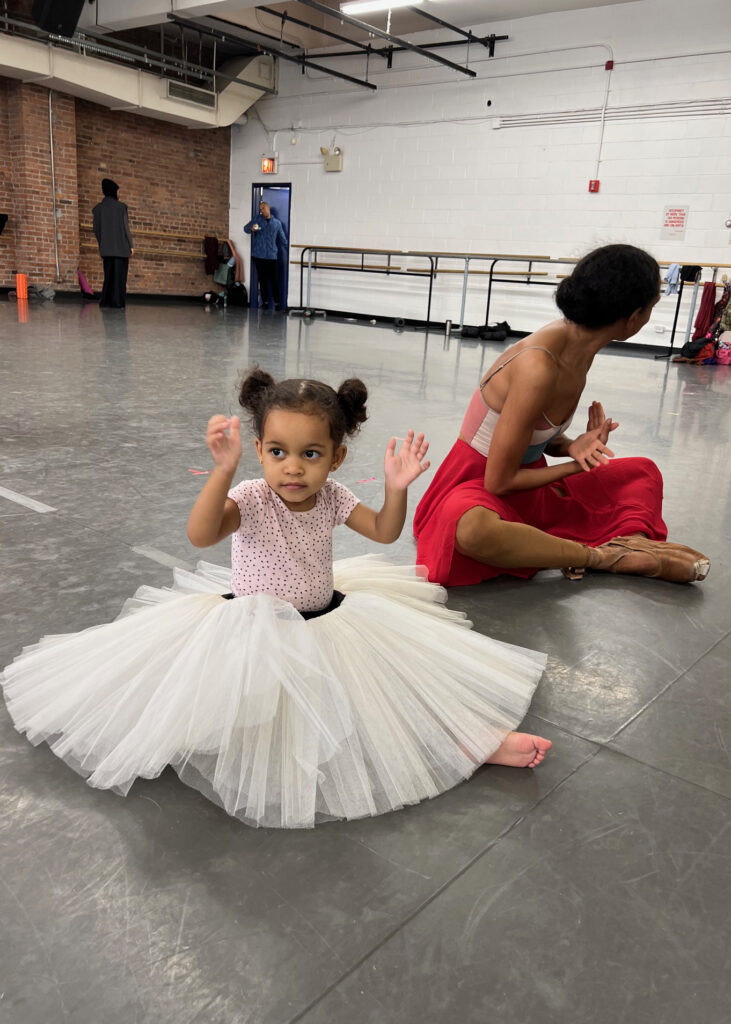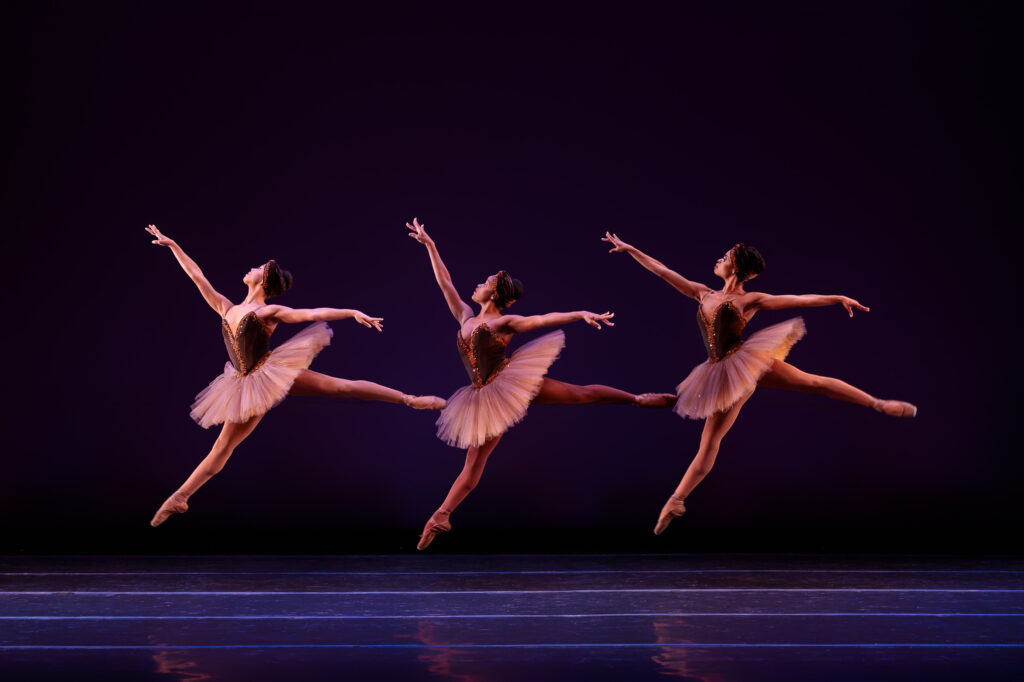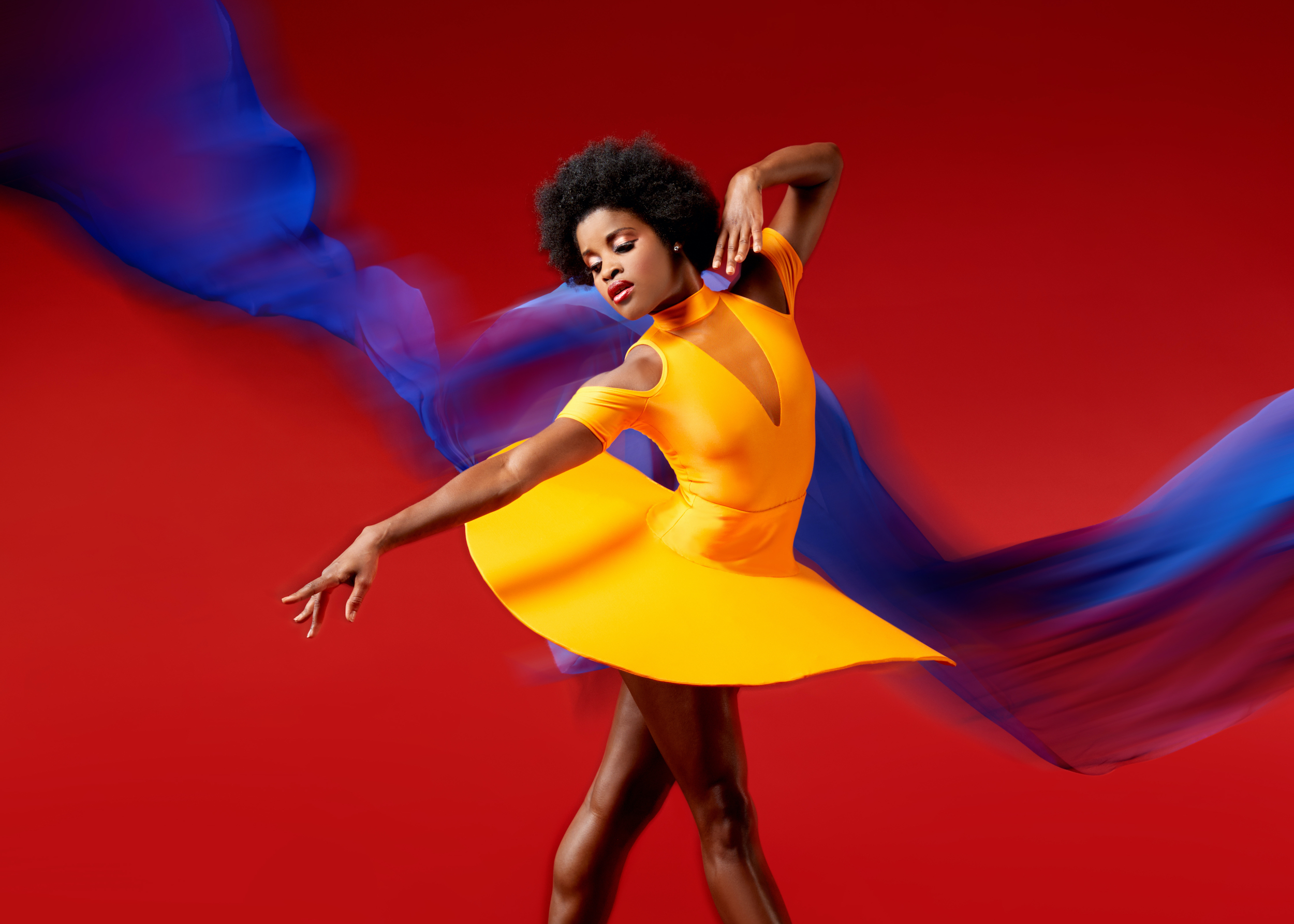Dance Theatre of Harlem’s Ingrid Silva Shares Her Typical Daily Routine
Dance Theatre of Harlem’s Ingrid Silva has several titles—dancer, founder, activist and author among them. But the one that’s changed her life the most is “Mom.”
“Since becoming a mother, something’s happened to me, my dancing and my work that’s blowing me away,” Silva says. “[There’s] a confidence that motherhood brings to your artistry that I’m really enjoying.” She says that Dance Theatre of Harlem’s artistic director, Virginia Johnson, was incredibly supportive of her transition to motherhood during the pandemic. And Silva’s colleagues are a part of the village that, together with her husband, helps care for her daughter, Laura. “If it weren’t for them, I wouldn’t have been able to get back to dancing,” says Silva. “They always have my back—if I’m onstage, someone is watching Laura, so I am really supported by them.”

Like the assembly of her trusted village, Silva brings people together not only through her dancing, but through almost every other project she takes on. She values creating community, raising awareness of social justice issues, and uplifting others, which leads to a lot of commitments outside ofher schedule at DTH.
Below, Silva shows how she balances it all during a typical day.
9 am: Wake up. Laura, who stays at home with Dad or another caretaker during the day, is usually still asleep. Silva makes a cup of tea and quickly showers before walking to DTH’s studios in Harlem’s Hamilton Heights neighborhood.
10 am: Company class begins. Silva usually arrives 15–30 minutes early to get ready and warm up before class.
11:30 am: Rehearsals begin. DTH is currently rehearsing repertoire for their national tour and upcoming New York City season. Silva is working on several pieces, including the principal role in George Balanchine’s Allegro Brillante and William Forsythe’s Blake Works—The Barre Project. “We just added The Barre Project into our repertoire, and I am so happy and so excited because [Forsythe] is one of the greatest artists I have worked with,” Silva says.
2:45 pm: Lunch. Silva will usually walk somewhere nearby to buy a salad or a smoothie during the hour-long break.
6:45 pm: Rehearsals conclude for the day and Silva walks home.
7–7:45 pm: After returning home, she gives Laura a bath and then takes her French bulldog, Frida Kahlo, for a walk. “Frida just turned 9 and has so much energy! She does every activity with us when we go outside. My husband walks her during the day.” Silva will then make dinner for Laura.
8 pm: “I try to put Laura to bed at 8—that’s what I aim for! Sometimes I struggle with that,” Silva says. She always reads her a bedtime story, which she believes will help Laura stay interested in learning. Silva recently wrote her own children’s book—her second—titled A bailarina que pintava suas sapatilhas (The Ballerina Who Painted Her Shoes). The book, which launched in her native Brazil in March, shares Silva’s own story, teaches children about ballet, and celebrates diversity. “I can’t wait to bring the book home to Laura and see her reaction!” she says.
8:30 pm: “That’s Mom’s time!” Silva will take a shower and eat dinner, and sometimes likes to relax with a glass of wine.

9 pm: Silva responds to emails and works on her other projects, of which she is either the founder or co-founder. These include Blacks in Ballet, an Instagram page which highlights and connects Black ballet dancers and provides educational resources and opportunities; podHER, a Latina-run organization that creates community and empowers Latinas (the name is a play on poder, the Portuguese word for power); and Dancers and Motherhood, an Instagram page which raises awareness about the unique struggles of mothers in the dance world. Creating community on this scale is a lot of work, but very rewarding for Silva. “If we need meetings, I usually have them after Laura goes to sleep. Otherwise, I’m responding to messages, seeing what’s happening next, what’s our next plan,” Silva says.
10 pm: After all her work is done, Silva starts to wind down and get ready for bed.
On tour: DTH tours frequently, so Silva has a well-established routine on the road. “Our day is basically the same as it is in New York, but we have a two-hour break depending on when the show starts,” she says. For example, the company will have class at 10 am and rehearse until 5 pm if the show is at 7 pm. During the two-hour break, mother and daughter will both take a nap, and then return to the theater so Silva can warm up and do her hair and makeup. “Laura has been coming on tour with me since she was 4 months old,” says Silva. “It has been an amazing journey.”
If she has a longer break, Silva likes to explore the city. “I try to make it as fun as possible for Laura and make it about her, as well, so she’s not just following Mommy around,” she says. After an evening show, Silva likes to get back to her hotel room quickly so she can get Laura to sleep and maximize her own rest time.
Tour tip: “I try to buy dinner before the show so we can just go back to the room, because we often have to repeat the same thing the next day!”






